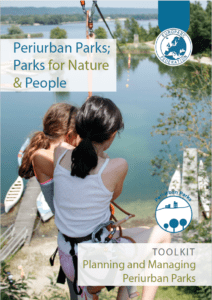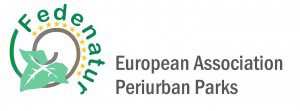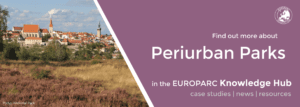Collserola Park, Barbara Pais.
Today, a majority of city dwellers show growing interest in preserving the environment. In our urban areas, this trend concerns the preservation of “natural” non-urbanised zones located on the outskirts of cities.
For a long time, city and nature, rural and urban worlds ignored each other, like two opposite poles.
Each urban area that wants to provide its fellow citizens with quality of living must be committed to protecting its nearby natural environment in order to preserve biological diversity.
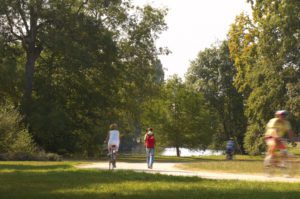
The periurban park concept emerges from this interaction between urban and rural/natural territory. These areas bring together problems connected to biological diversity, landscape, leisure activities, environmental education and sustainable management of metropolitan areas.
EUROPARC toolkit: “Planning and Managing Periurban Parks”
Toolkit: Planning and Managing Periurban Parks – 2021
A document focused on Periurban Parks and their essential role in nature and people health and wellbeing, as well as in mitigating the local climate and serving as places for local food production. This toolkit provides information, resources, inspirational case studies, links for further references and much more on how to best plan and manage Periurban Parks, the green lungs of our cities.
EUROPARC position paper “Periurban Parks, their place in EU policies”
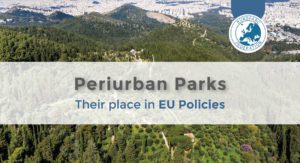
A position paper highlighting the importance of Periurban Parks in a large variety of different EU policies has been launched at the EUROPARC General Assembly 2019. It points out the role Periurban Parks can play in environmental aspects, but also in agriculture, climate, health, urban, sports and culture sectors.
The main aim of the Position Paper is to make policy-makers, authorities on different levels and the general public recognise and appreciate the positive contribution of periurban parks to various aspects of human life and well-being.
Workshop results: The need for a new carrying capacity methodology for Periurban Parks
Currently, most of the studies available on carrying capacity have been carried out in Protected Areas, far away from cities. This is why EUROPARC’s Periurban Parks Commission decided to organise a workshop to discuss the special factors that should be taken into account when it comes to estimating the carrying capacity of a Periurban Park. During a meeting in Athens, in the framework of the LIFE UrbanGreeningPlans project, the EUROPARC Periurban Parks Commission took the opportunity to explore the carrying capacity concept. They discussed the distinctive factors that should be taken into account when it comes to estimating of the carrying capacity of a Periurban Park, as opposed to other types of Protected Areas.
LIFE Urban Greening Plans
